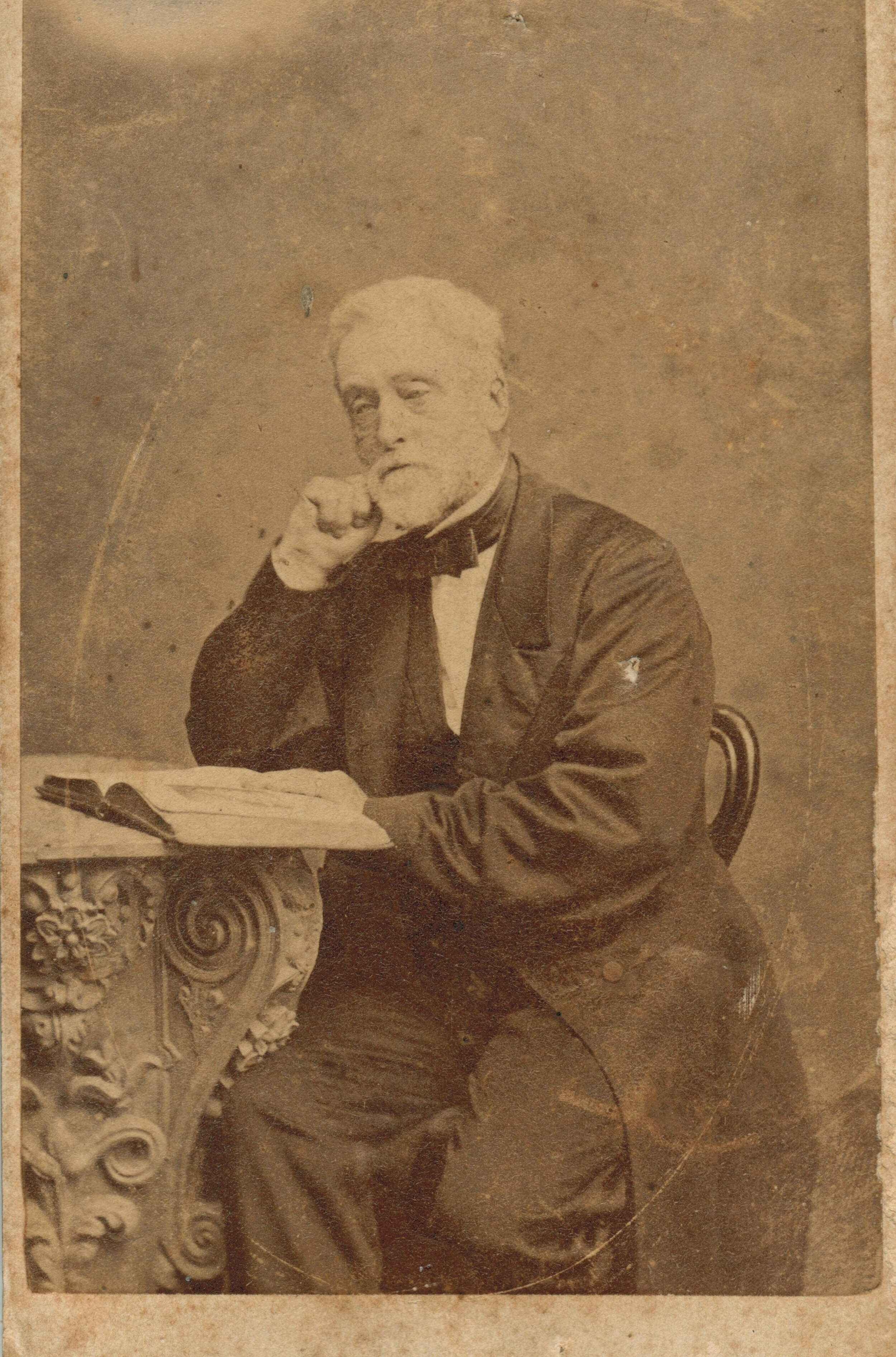Discovering all of this.
Dr Andrew Liddell and Margaret Liddell (nee Williamson).
(Michael Cavanagh Collection)
Andrew Liddell was a member of the Maitland Benevolent Asylum Committee from its inception in 1843, served as a doctor for that organisation and continued in that capacity with the establishment of the Maitland Hospital. He practiced medicine in the district until the early 1870s.
Michael Cavanagh
‘Andrew Liddell was my great, great, great grandfather.’
Michael has been piecing together the family tree and gathering documents and photographs that track parts of his family history. As he says, ‘it’s been a journey discovering all of this’.
He shares some of his discoveries here. They are supplemented by other details about Liddell.
Trained in Edinburgh
The son of Presbyterian minister Rev. Francis Liddell, Andrew Liddell was born in Edinburgh, Scotland, in 1807. He gained his medical qualifications in Edinburgh in 1830; married Margaret Williamson at St Cuthberts, Edinburgh, in 1838; and, in 1840, travelled to Australia as the ship’s surgeon on the George Fyfe.
Summary of the voyage - No deaths occurred. Dr. Liddell stated that Divine service was performed every Sunday night by himself or Hugh McDonald one of the emigrants who also said prayers in Gaelic every morning at his own request. A school was early established at which 30 pupils attended. The preservation of health was promoted by the daily practice of bringing beds on deck, strict attention to cleaning the water closets and prohibiting all washing and shaving between decks. Wind sails were used and dancing was encouraged. Strict attention to the weekly muster on Sunday and to the state of the children at the daily morning muster.
(State Records Shipping List summarised on Free Settler or Felon?)
In the Sydney Herald, 2 June 1841, Liddell announced that he ‘was entering on the duties of a Medical Practitioner in Maitland’. He described himself as ‘Surgeon, Licentiate of the Royal College of Surgeons, and Extraordinary Member of the Royal Medical Society, Edinburgh’ and that he ‘was engaged in private practice during the last ten years in Edinburgh.’
After spending a short period in Sydney, Andrew and Margaret Liddell settled in Maitland. They had five children. Two died before reaching adulthood: Fanny as a baby and Helen as a teenager. The eldest son, Andrew, became a surveyor and civil engineer. Second son, Francis (Frank), followed in his father’s footsteps and became a medical practitioner and a local politician. He was also the member for Hunter in the Australian House of Representatives from 1903 to 1910. Daughter Margaret married into the Littlejohn family.
Maitland
Liddell settled quickly into life in Maitland and into his practice as a medical doctor. In the 1840s he was involved in the establishment of the Maitland Benevolent Asylum and in providing medical treatment for patients there. This included, for example, performing a rhinoplasty, amputating an arm, and treating a child for opium poisoning – all in the first part of the nineteenth century when surgery and treatments were very rudimentary.
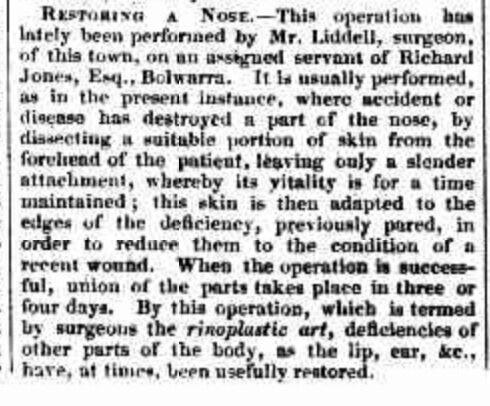
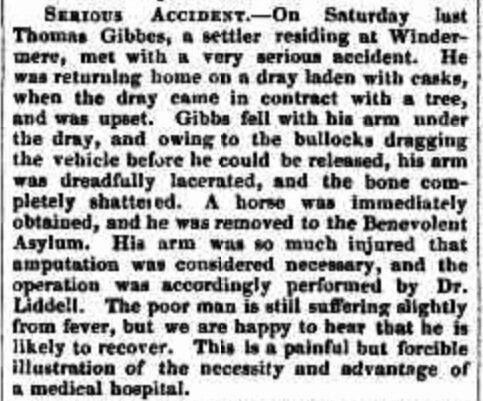
With the opening of the Maitland Hospital on Campbell’s Hill in 1849, Liddell remained one of the honorary medical doctors. Throughout the middle decades of the nineteenth century, he regularly appeared before coronial inquiries to provide medical evidence and he is named in reports about the medical services and their administration provided at the hospital.
He was active in local and community affairs. He served on the local council; participated in meetings to address the impact of flooding in the locality and for specific projects including having a bridge built across the Hunter River; and was an active member of the local Presbyterian Church.
Liddell early on acquired property in central Maitland. In 1849, for example, he completed business premises known as Commerce House that were leased out. The building is still there on High Street. It also seems that the family home, referred to as Kilburn House, was located next to Commerce House and replaced by the impressive 1888 CBC Bank building that is still there. Kilburn House is probably the three storied house advertised for letting in 1879, and described as containing ‘twelve rooms of good dimensions’ (Maitland Mercury, 28 October 1879).
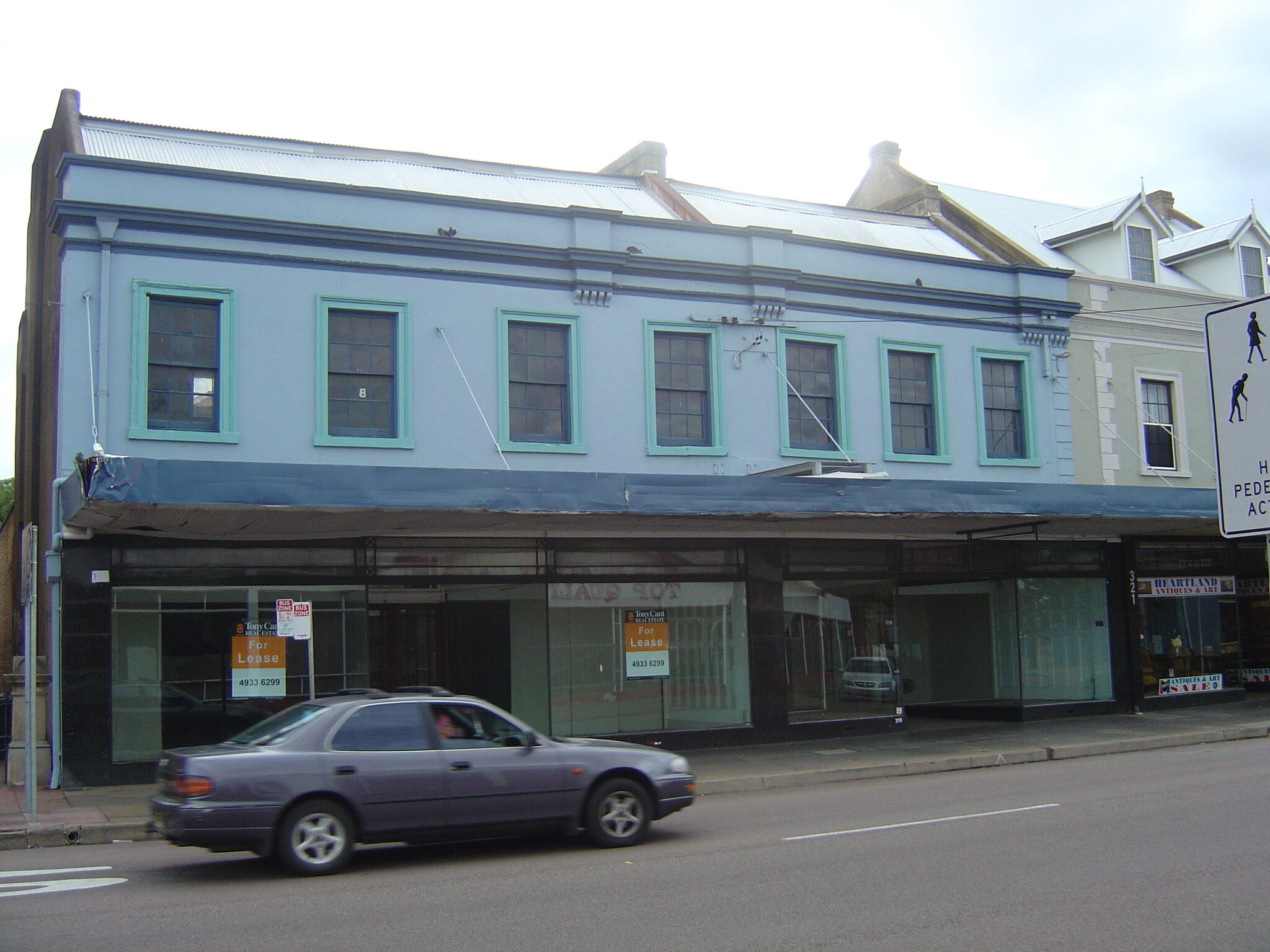
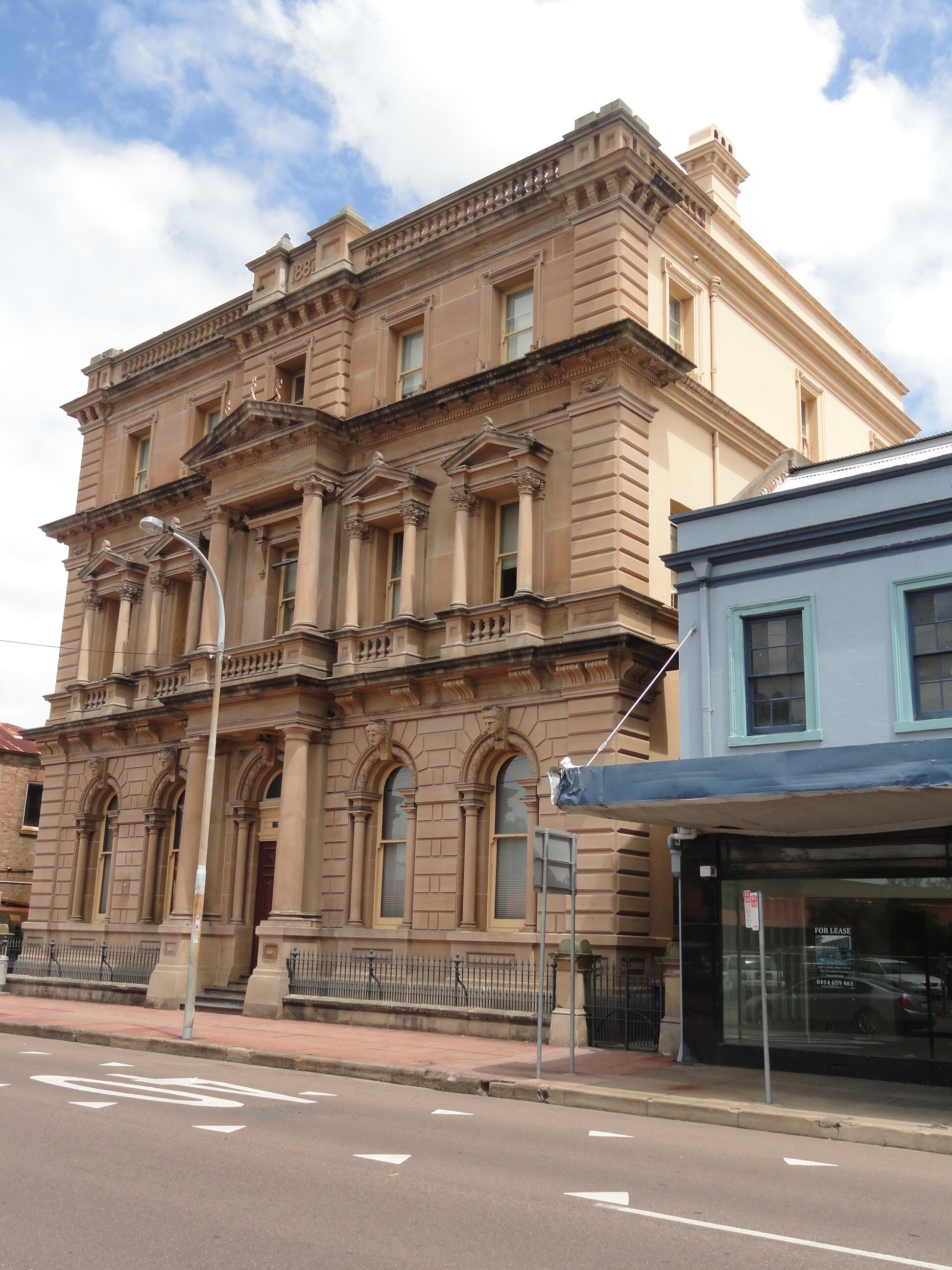
‘a leading spirit’ and ‘an active sharer’
Margaret Liddell died suddenly in 1871. In reporting her death, the Maitland Mercury, 10 January 1871, referred to her as ‘highly educated’, ‘the head of the chief scholastic institution for ladies in the Hunter’ and ‘a leading spirit in those charitable and benevolent societies whereof ladies are the chief or the only members’.
Following his wife’s death, Andrew Liddell moved to Sydney. He died there in 1877. His body was returned to Maitland and he was buried in Hiland Crescent Cemetery alongside his two daughters. ‘Surgeon’ is inscribed on his gravestone.
Maitland Mercury, 18 December 1877, p.4.
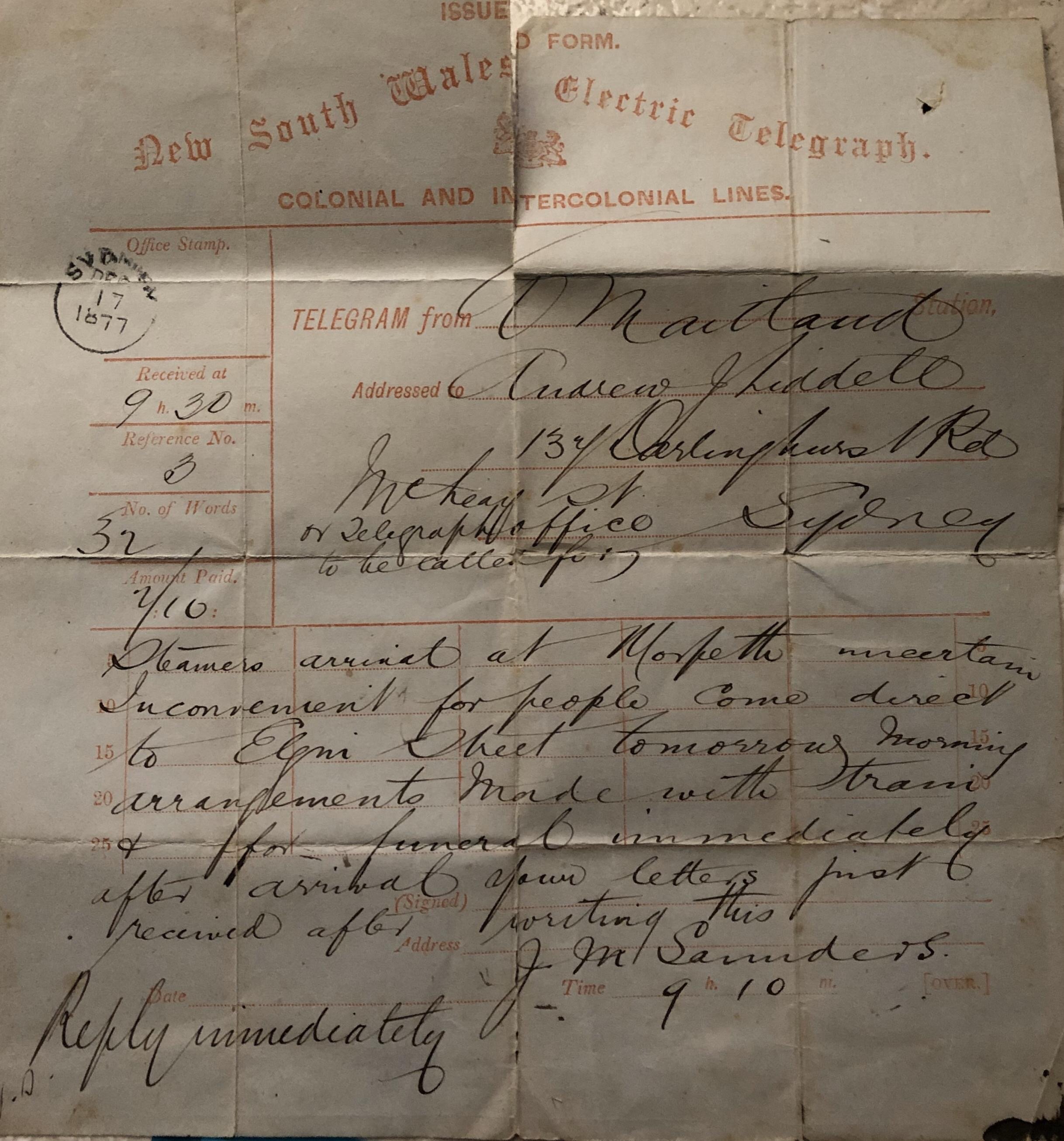
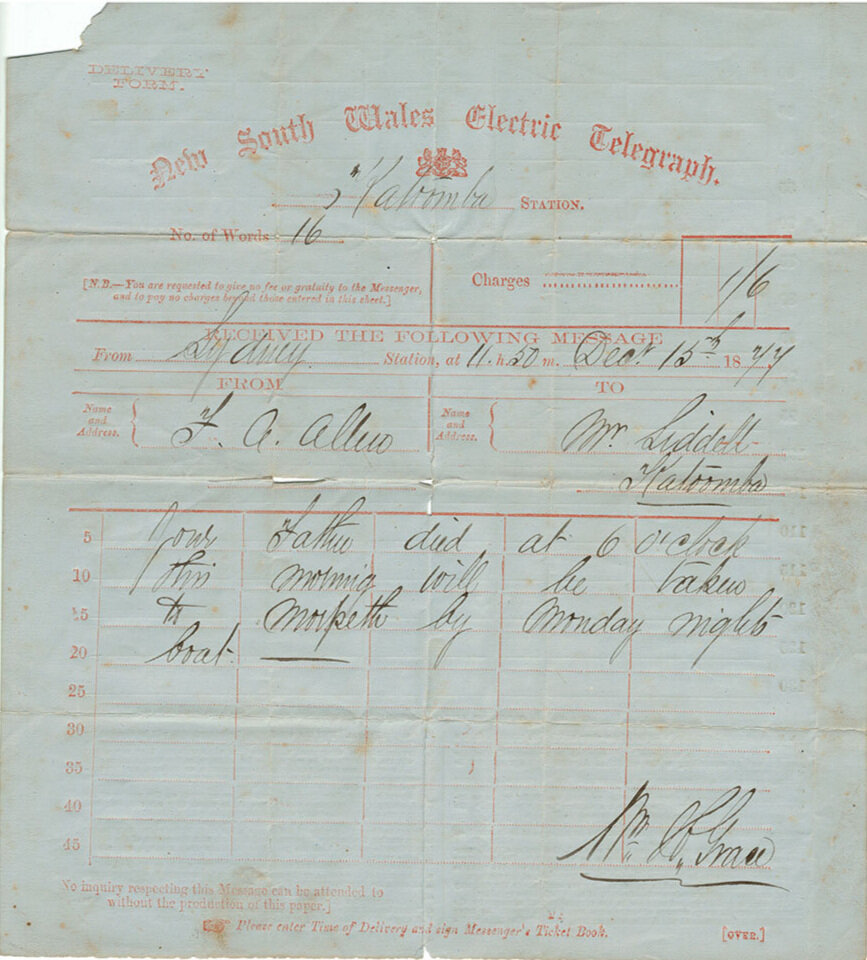
Telegrams announcing Andrew Liddell’s death and arrangements for his body to be transported to Morpeth and Maitland, 1877.
(Michael Cavanagh Collection)
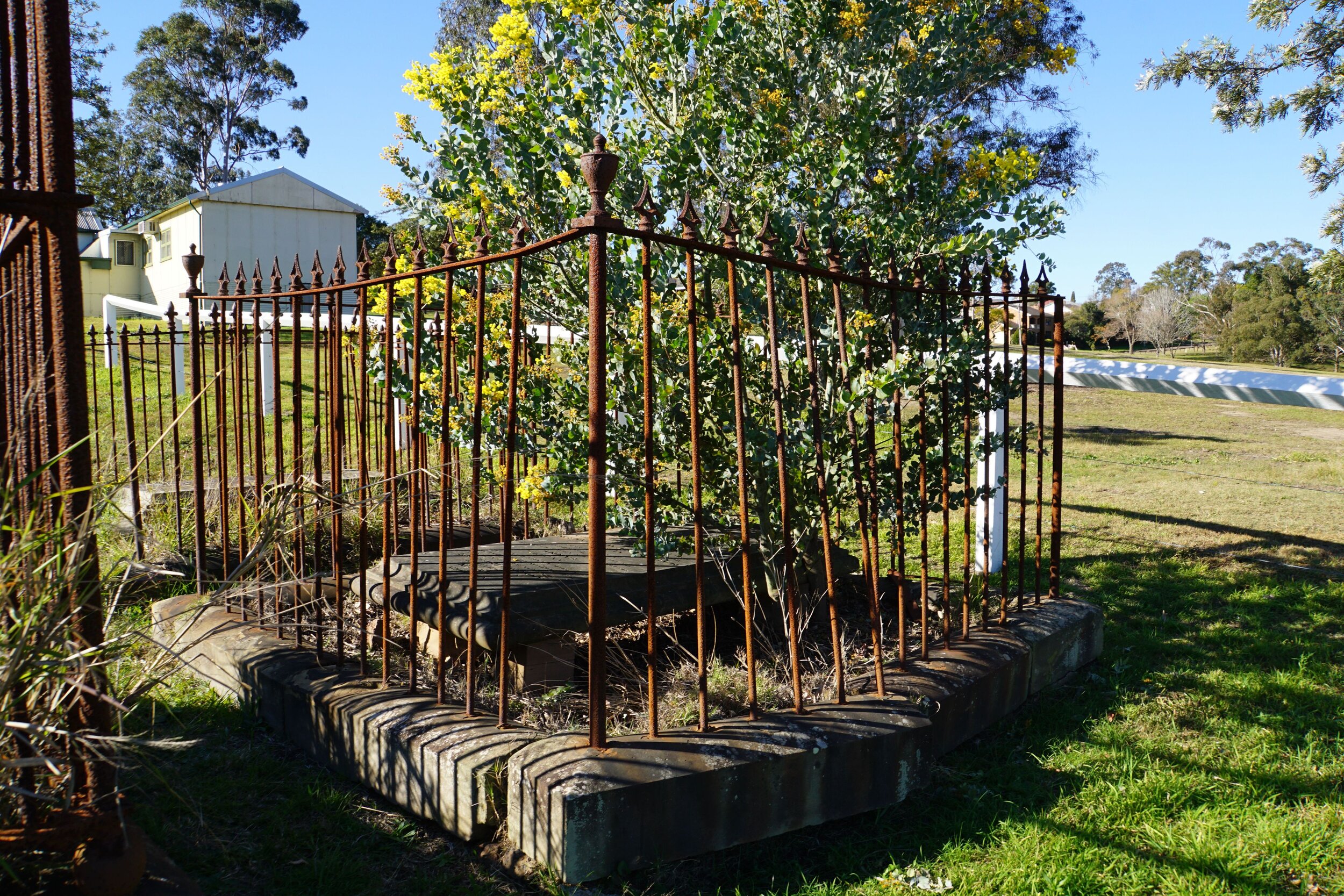
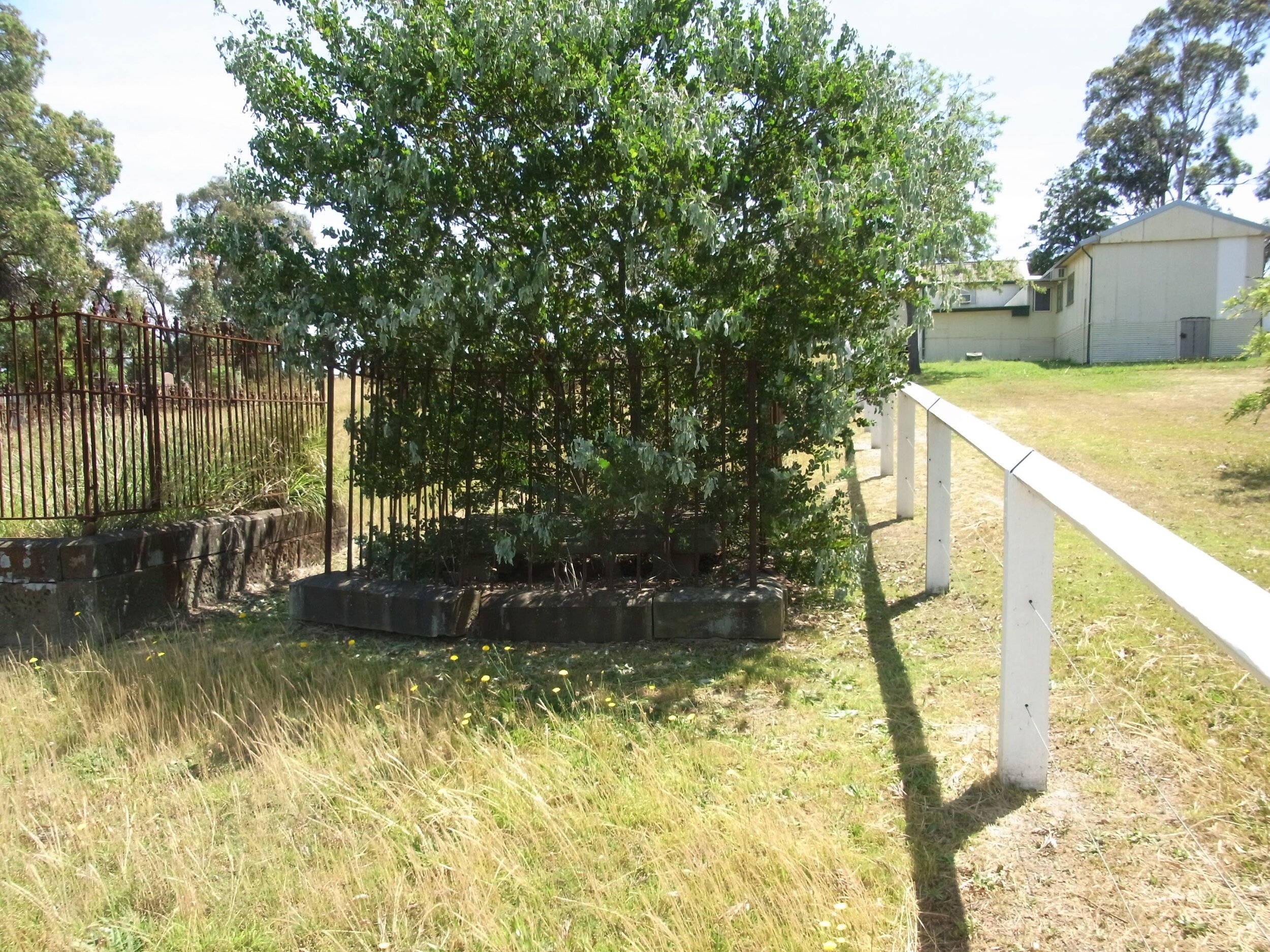
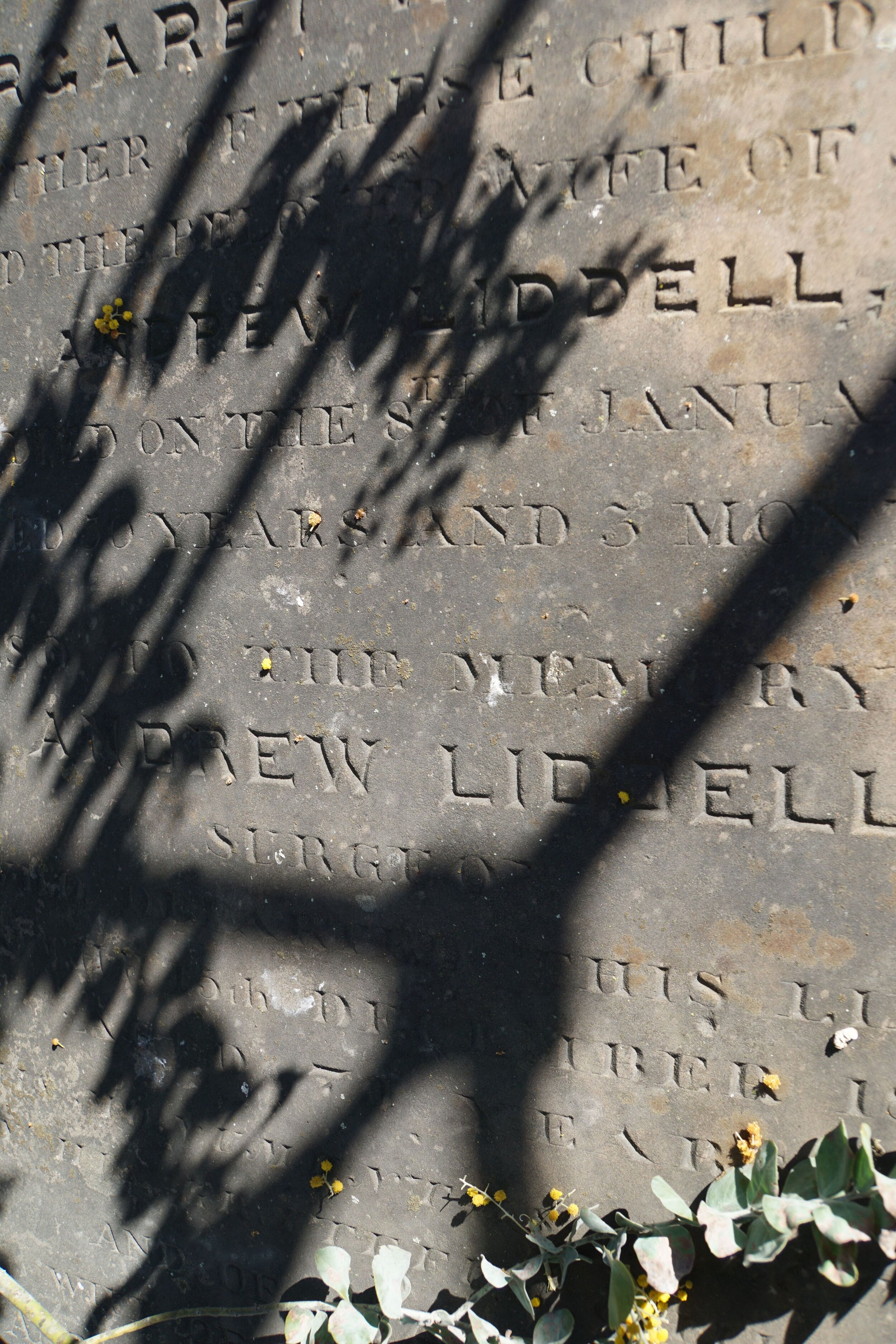
Liddell grave, Hiland Crescent Cemetery.
Resources
‘Andrew Liddell’, Australian Medical Pioneers Index.
‘Andrew Liddell’, Find A Grave.
Rudkin, Val, Who? What? Where?: People of 19th Century High Street, Maitland, Maitland and District Historical Society, 2015, pp. 6 and 86.

